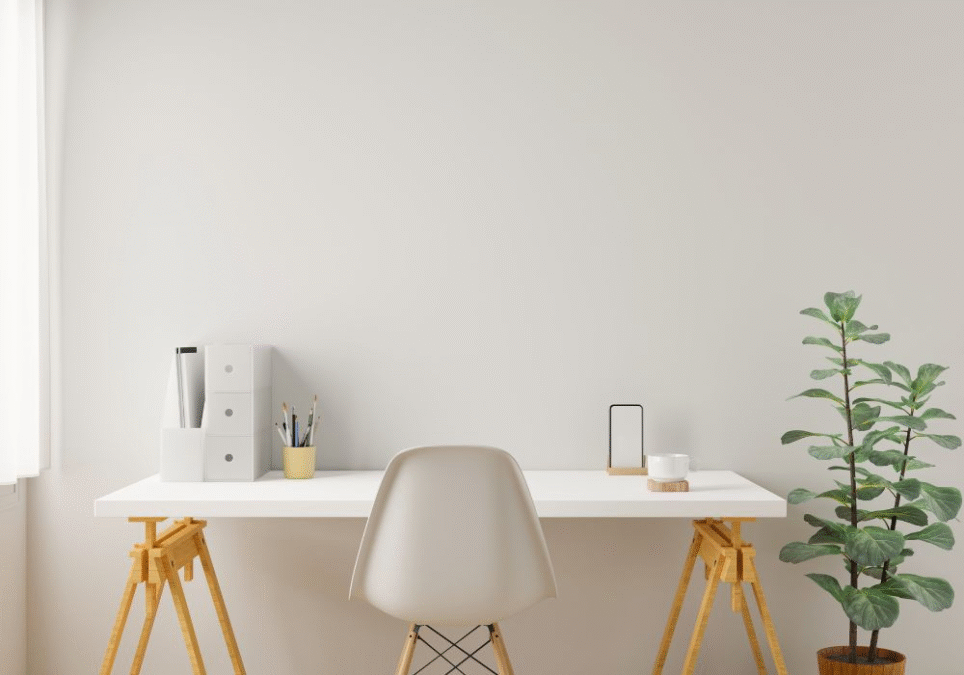In today’s fast-paced digital world, teens and young creatives often juggle school, social lives, hobbies, and side projects. Amid the chaos, modern minimalism for teens has emerged as a powerful lifestyle choice. It’s more than just decluttering a room—it’s about creating mental clarity, optimizing focus, and boosting productivity without feeling overwhelmed.
This article explores how teen writers and creatives are leveraging minimalism to streamline their lives and achieve more while staying calm, inspired, and intentional.
What Is Modern Minimalism for Teens?
Minimalism is often misunderstood as simply getting rid of possessions. However, modern minimalism for teens is a mindset. It’s about:
- Prioritizing what truly matters
- Reducing distractions in life and work
- Creating a space—physically and mentally—where creativity can thrive
For teen writers and creatives, minimalism is especially relevant because it helps them focus on writing, art, or projects without unnecessary clutter, whether digital or physical.
Why Teens Are Embracing Minimalism
Several factors make modern minimalism appealing to teenagers:
- Overload of Information
From social media to school assignments, teens face constant stimulation. Minimalism helps filter distractions. - Digital Chaos
Laptops, smartphones, and multiple apps can overwhelm young creators. Minimalism encourages using fewer, high-quality tools. - Mental Clarity
A clean environment often translates to a clear mind, making brainstorming, writing, or creating art more effective. - Self-Discovery
Minimalism encourages teens to reflect on what’s important—helping them understand personal goals, hobbies, and passions.

How Teen Writers Can Implement Modern Minimalism
1. Declutter Your Writing Space
Start by cleaning your desk, removing unnecessary stationery, and organizing your notebooks. A tidy workspace is a productivity booster because it reduces mental clutter.
2. Limit Digital Distractions
Use apps like Notion, Trello, or Google Keep to manage ideas efficiently. Delete unused apps, turn off unnecessary notifications, and dedicate time blocks for social media.
3. Prioritize Projects
Instead of juggling multiple writing projects at once, focus on one to two meaningful projects. Minimalism is about quality over quantity.
4. Practice Daily Minimalist Rituals
- Write in a clean notebook
- Clear browser tabs after use
- Keep only essential items in your workspace
5. Learn to Say No
Modern minimalism isn’t just about objects—it’s about commitments. Saying no to tasks that don’t align with goals ensures your energy stays focused on creative priorities.
How Creative Teens Benefit from Minimalism
Minimalism positively impacts various creative areas:
Writing
Less distraction leads to longer, focused writing sessions. This allows teen writers to develop their voice and craft consistently.
Visual Arts
A minimalist workspace and schedule encourage clarity in art projects, helping young artists stay inspired without feeling overwhelmed.
Productivity
By removing unnecessary distractions and items, teens can dedicate more time to meaningful activities, achieving goals faster.
Minimalist Habits to Adopt for Maximum Focus
- Single-tasking – Focus on one activity at a time.
- Weekly Reviews – Assess what projects, tools, or habits are unnecessary.
- Digital Detox – Take regular breaks from screens to refresh the mind.
- Mindful Consumption – Only consume books, media, and tools that align with your creative or learning goals.
Tips for Maintaining Minimalism Long-Term
- Reassess possessions and commitments every month
- Keep a journal to track distractions and productivity
- Surround yourself with like-minded peers for motivation
- Celebrate simplicity and small wins
The Psychological Benefits of Minimalism for Teens
- Reduced anxiety and stress
- Better focus on creative work
- Improved decision-making
- Greater sense of control over life
Common Mistakes to Avoid
- Confusing minimalism with deprivation – Minimalism is about value, not scarcity.
- Overdoing digital minimalism at first – Start small to avoid frustration.
- Ignoring mental clutter – Physical minimalism alone isn’t enough; decluttering thoughts is crucial.
FAQ’s
Q1: Can teens really practice minimalism with school and hobbies?
A: Absolutely. Minimalism is flexible and can be applied to time, tasks, and space. It’s about focusing on what matters most, not eliminating everything.
Q2: How can I start minimalism without feeling bored?
A: Begin with small steps, like decluttering your desk, organizing apps, or limiting one type of distraction. Gradually, you’ll notice mental and creative clarity.
Q3: Does minimalism mean giving up hobbies or fun?
A: Not at all. Minimalism encourages choosing hobbies that truly bring value and joy, rather than filling time with random activities.
Conclusion
Modern minimalism for teens is not just a trend—it’s a lifestyle that empowers young writers and creatives to focus, create, and thrive. By simplifying their spaces, reducing distractions, and prioritizing what truly matters, teens can unlock their productivity, creativity, and mental clarity.
Embracing minimalism today is an investment in a more organized, focused, and fulfilling creative journey tomorrow.



